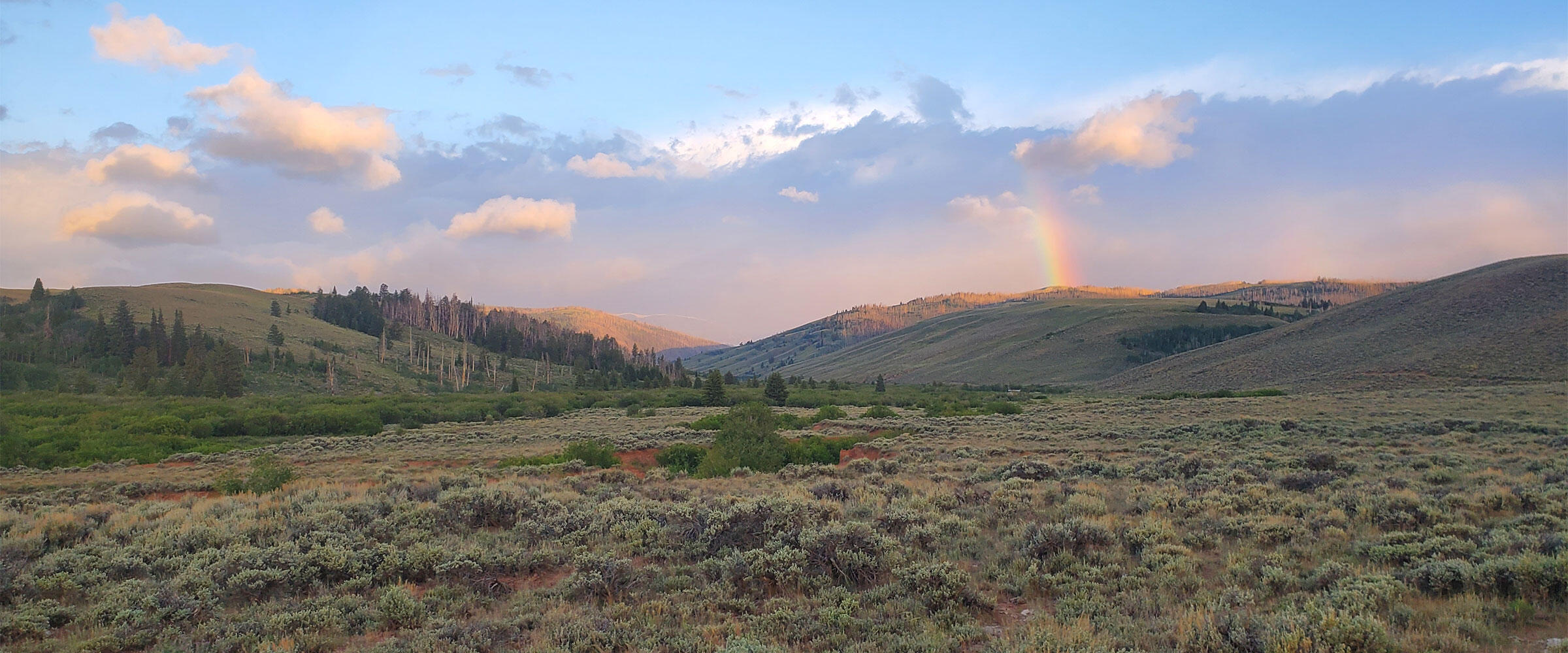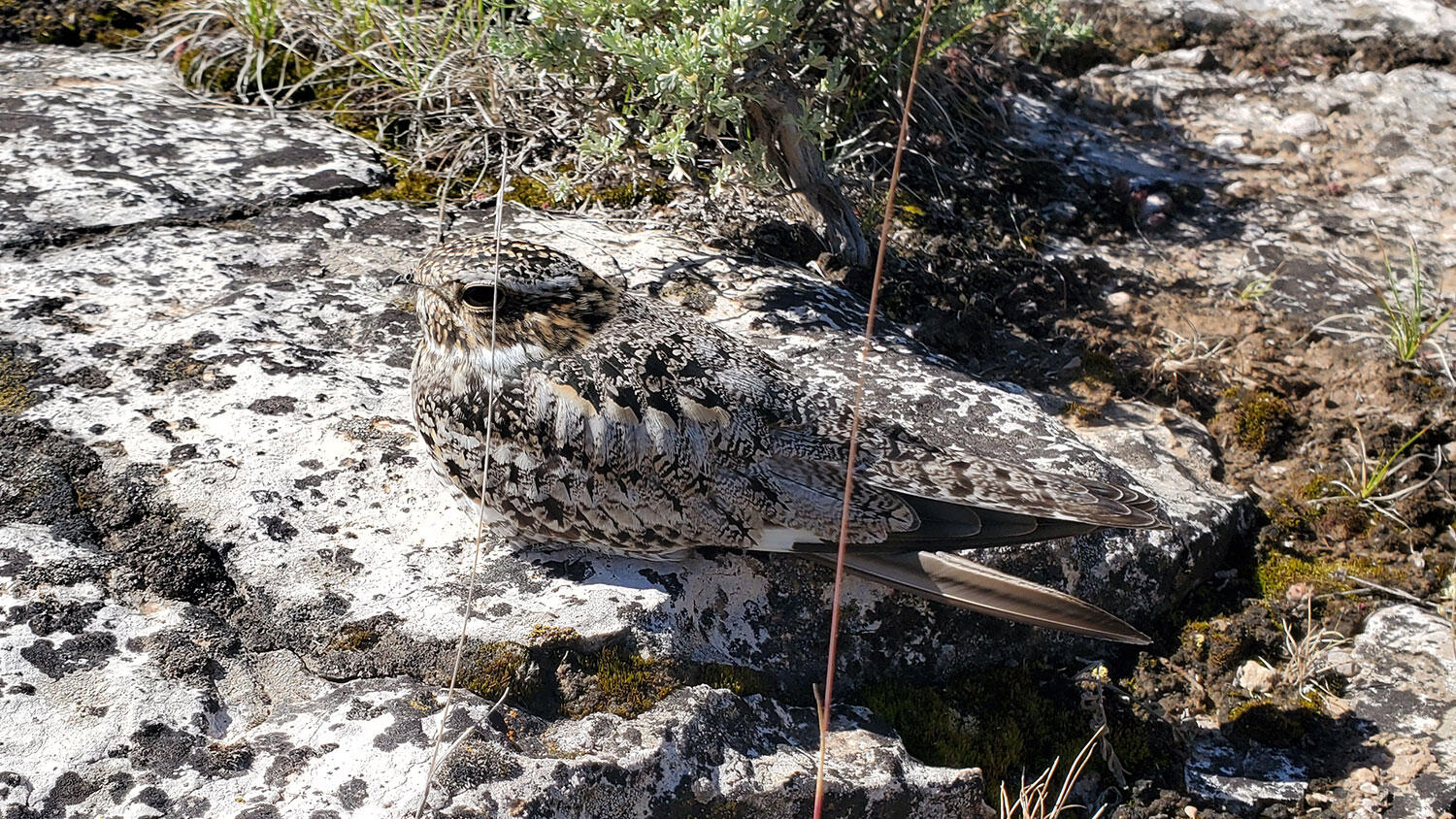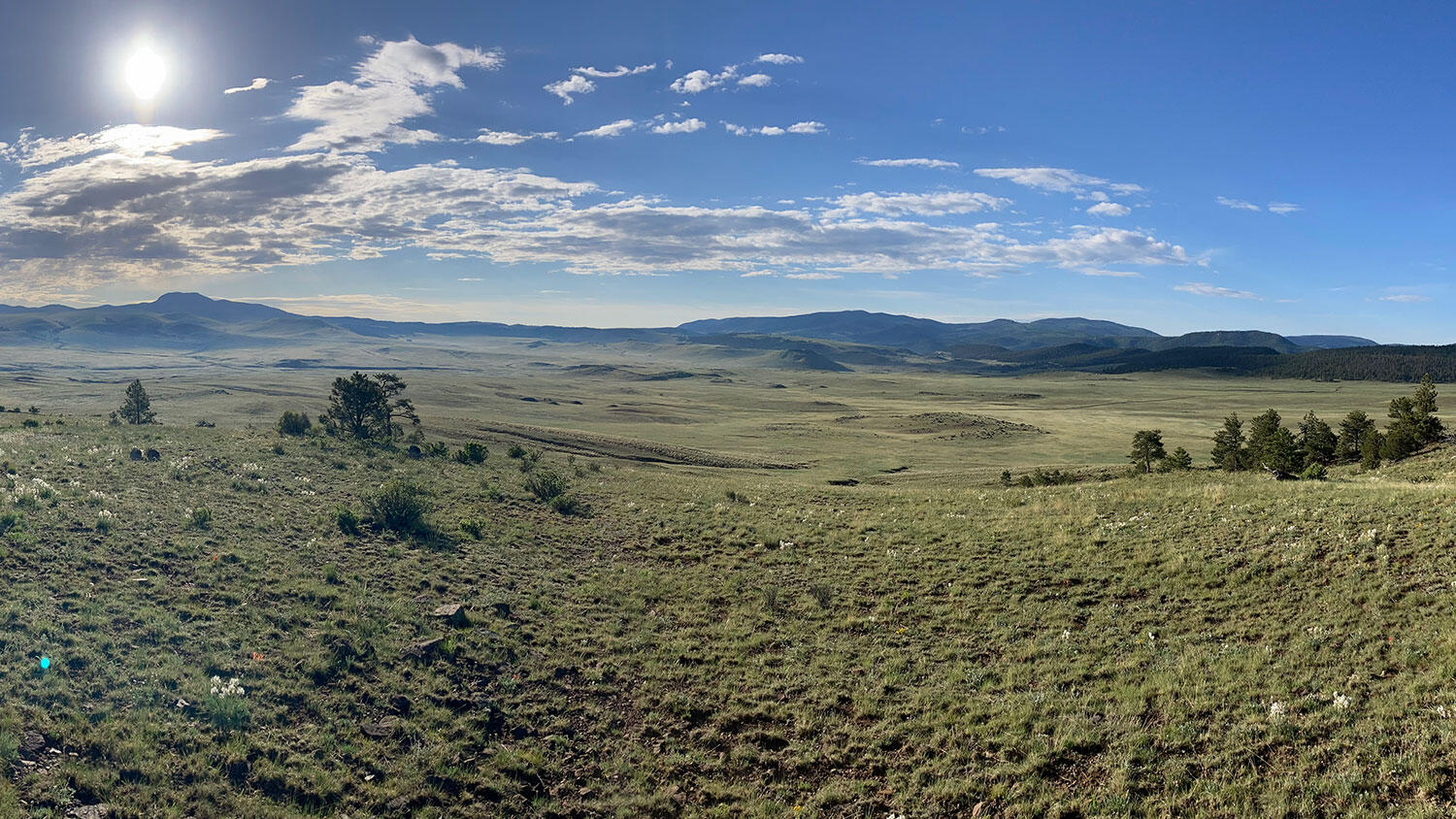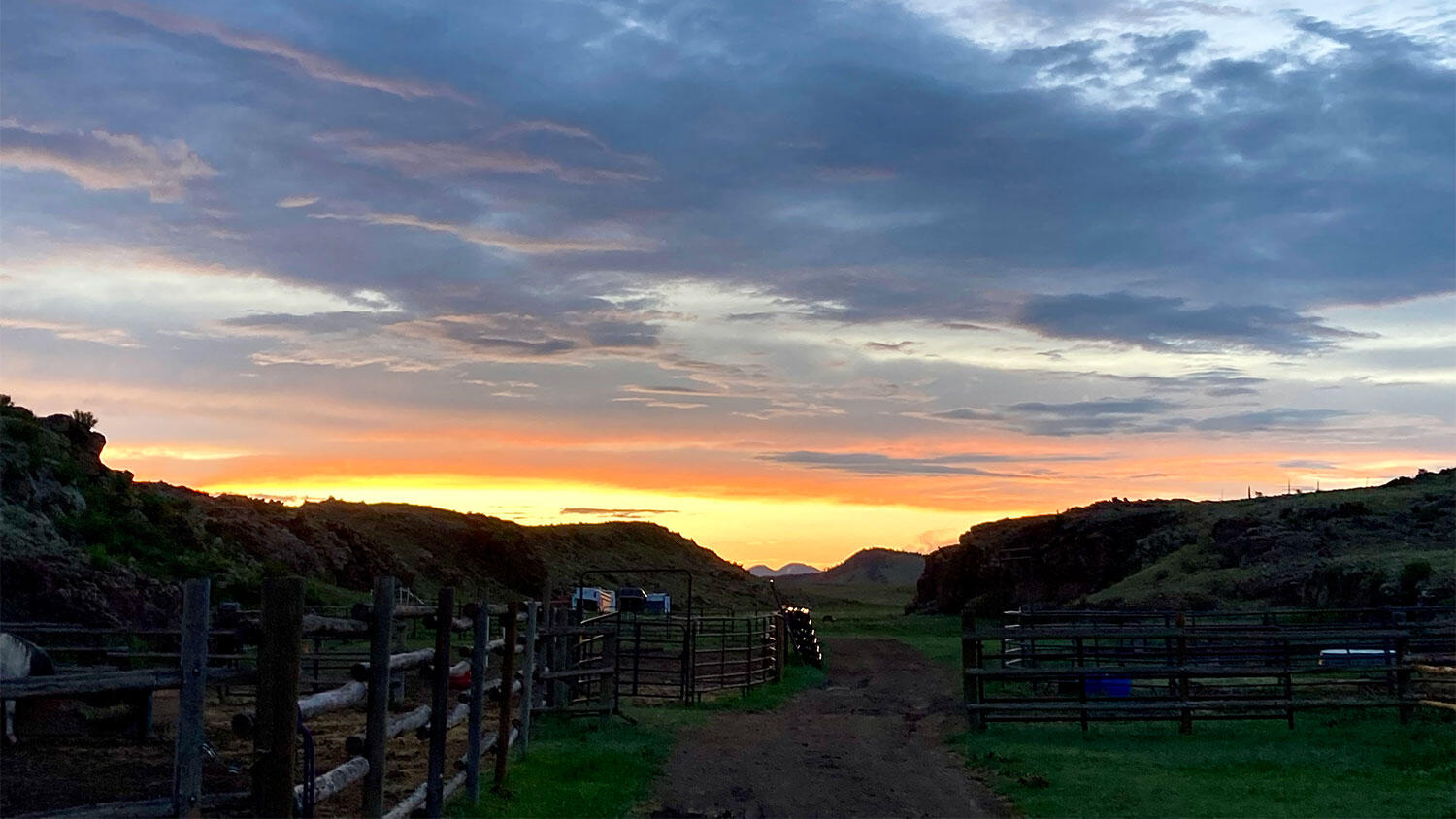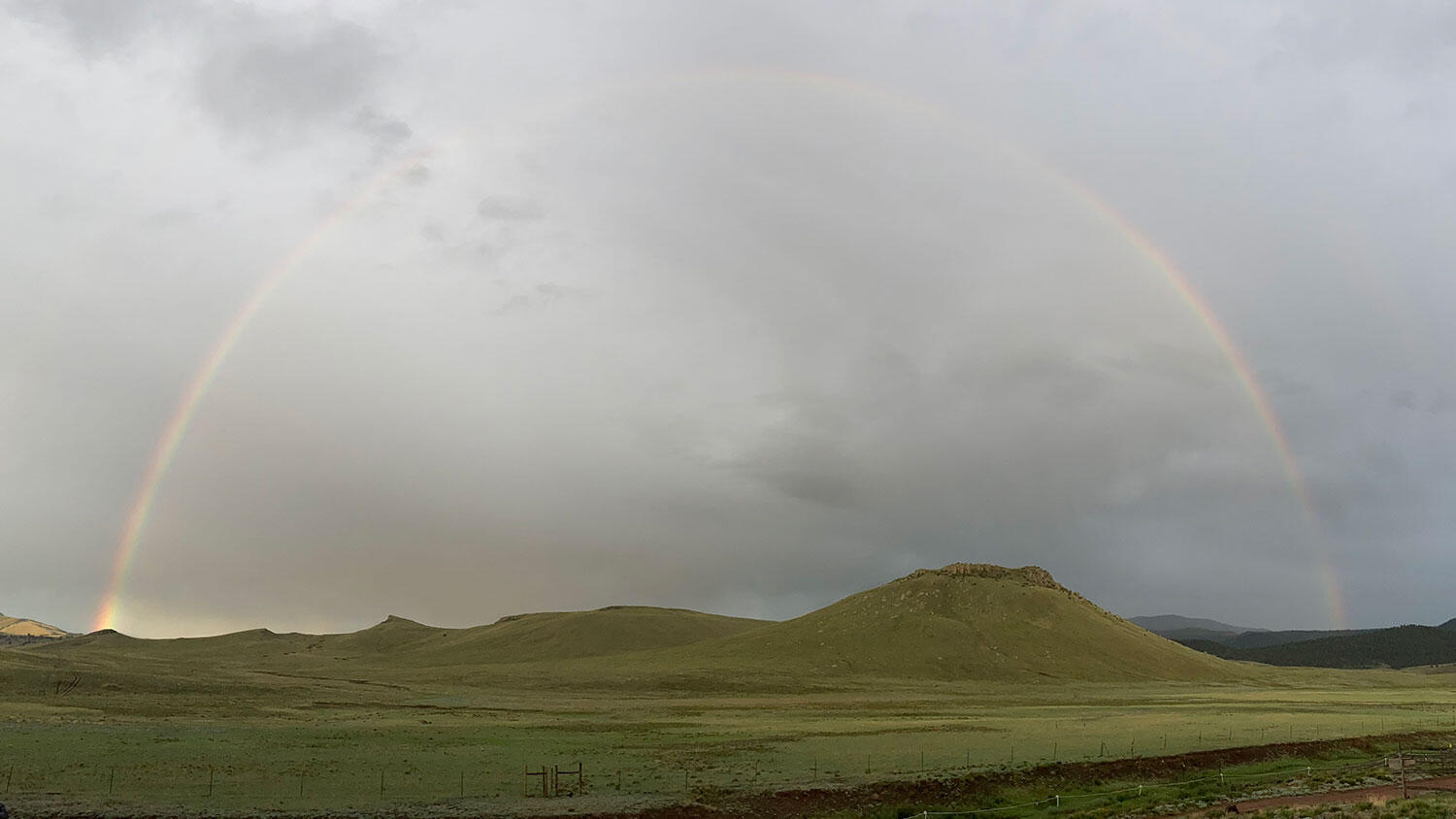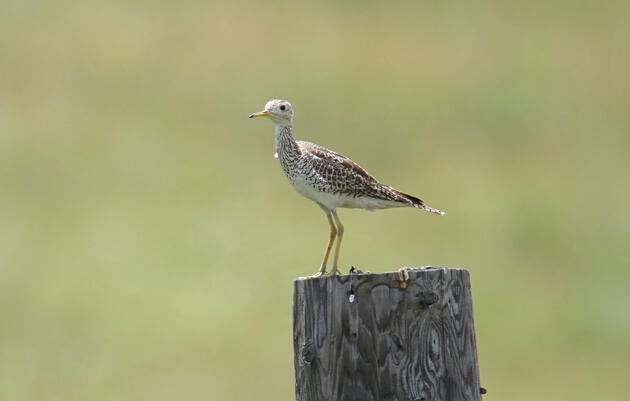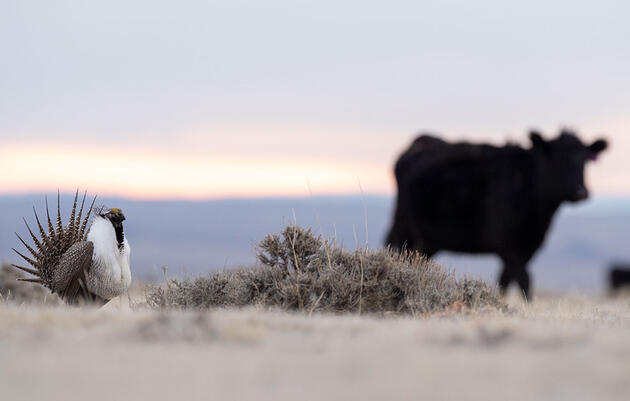Like many of you, Audubon Rockies' Conservation Ranching (ACR) staff in Wyoming and Colorado had a goal this spring and summer to spot as many bird species as possible. Every year, our ACR team visits the Audubon Certified bird-friendly ranches in our region to monitor the local bird and plant populations. In 2024, Audubon Rockies range ecologists alongside wildlife biologists with Precision Wildlife Resources completed our second largest monitoring effort (also called Integrated Monitoring in Bird Conservation Regions or IMBCR) to date, second only to the 2021 season when 18 ranches were monitored.
The season started in early May when eight monitoring scientists joined four regional naturalist volunteers and Audubon staff to complete the IMBCR annual training prior to kicking off the field season. Vegetation sampling and bird surveys were then conducted between mid-May to early July across 14 ranches located in eastern Colorado to north-central Wyoming. Favorable weather lasted throughout the spring and summer and made travel between survey locations efficient and the fieldwork especially rewarding in 2024. Only three of the 727 targeted monitoring points distributed across our 63 monitoring sites were inaccessible and therefore not completed, resulting in a completion rate of greater than 99 percent!
Fourteen primary habitats were sampled—ranging from open grassland and sagebrush-steppe rangelands to pinyon-juniper woodlands—and a total of 134 bird species and nearly 12,000 individual birds were documented. More than 2,500 of the observations were of priority bird species including the Greater Sage-Grouse, Upland Sandpiper, and Burrowing Owl. Grassland and rangeland bird sightings were among the most prevalent with species such as the Western Meadowlark, Lark Bunting, Brewer’s Sparrow, Vesper Sparrow, Cassin’s Sparrow, and Grasshopper Sparrow accounting for six of the 10 most commonly recorded species.
Bird activity and sightings were noticeably higher this year than any previous year of monitoring (though specific sites vary), with an average of 17 birds per monitoring point, which is approximately one bird per point higher than during the previous annual high recorded in 2017. Additionally, nine of the monitored ranches had their highest observed bird density to date and five of the ranches had their highest number of observed bird species to date! The 724 monitoring points surveyed in 2024 also represent a substantial increase in points from previous years.
From these results, it’s clear that ranches enrolled in the Audubon Conservation Ranching Program serve as a bastion of hope and resources for the present and future conservation of many iconic grassland and rangeland species, as well as a multitude of other niche species that were recorded in 2024. The long-term monitoring dataset that we contributed to again this year is integral in evaluating and continuing to implement effective management strategies on Audubon Certified bird-friendly lands, and avian populations can continue to benefit from the concerted stewardship of their ecological richness.

